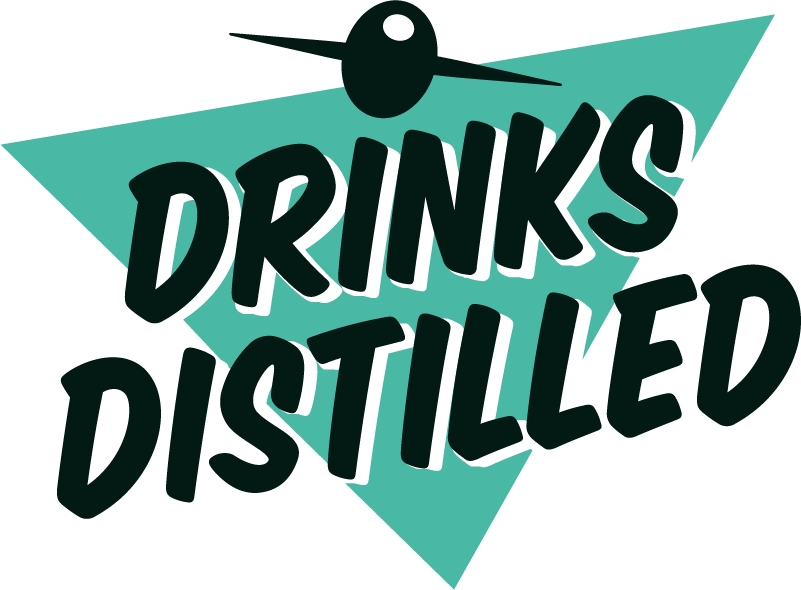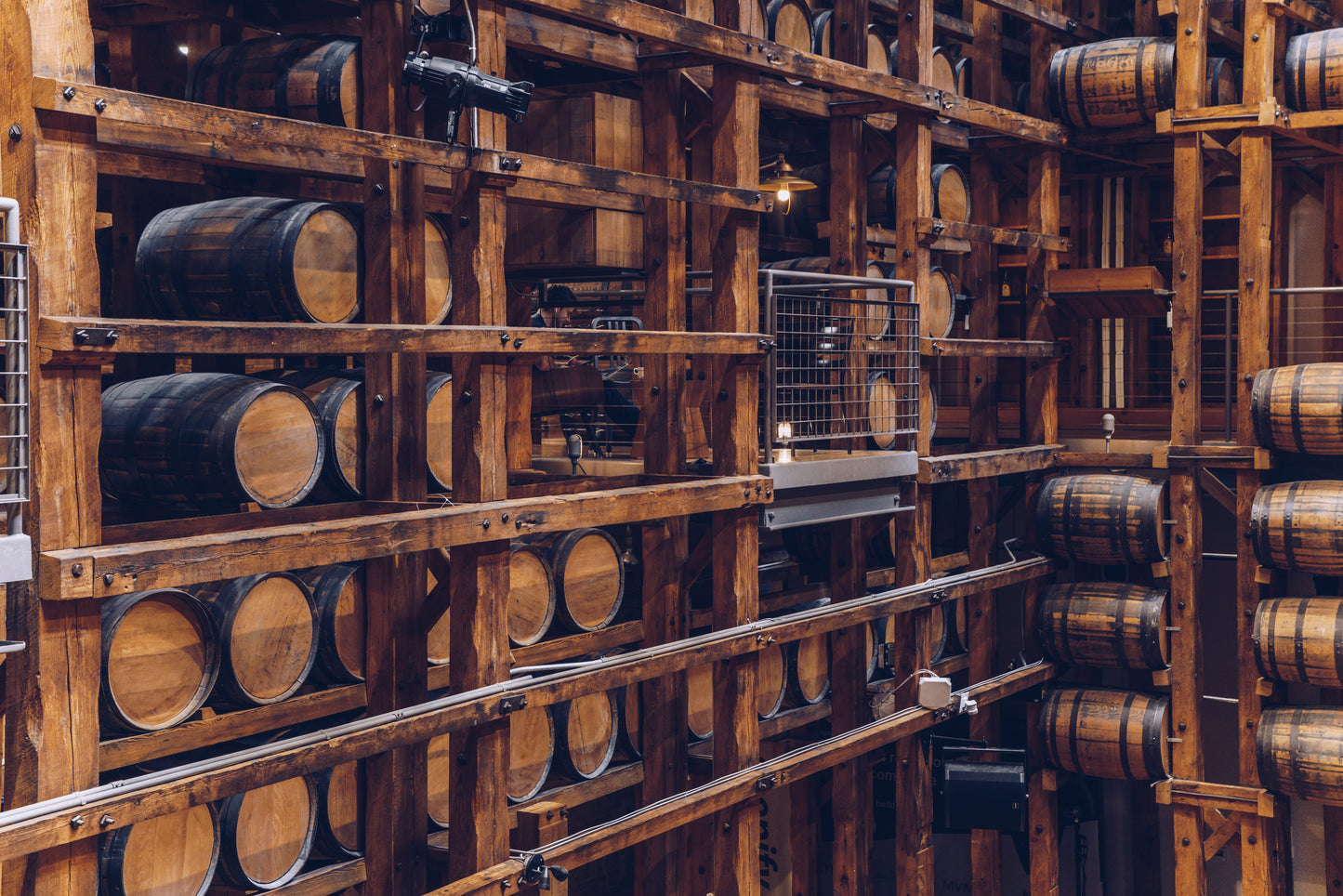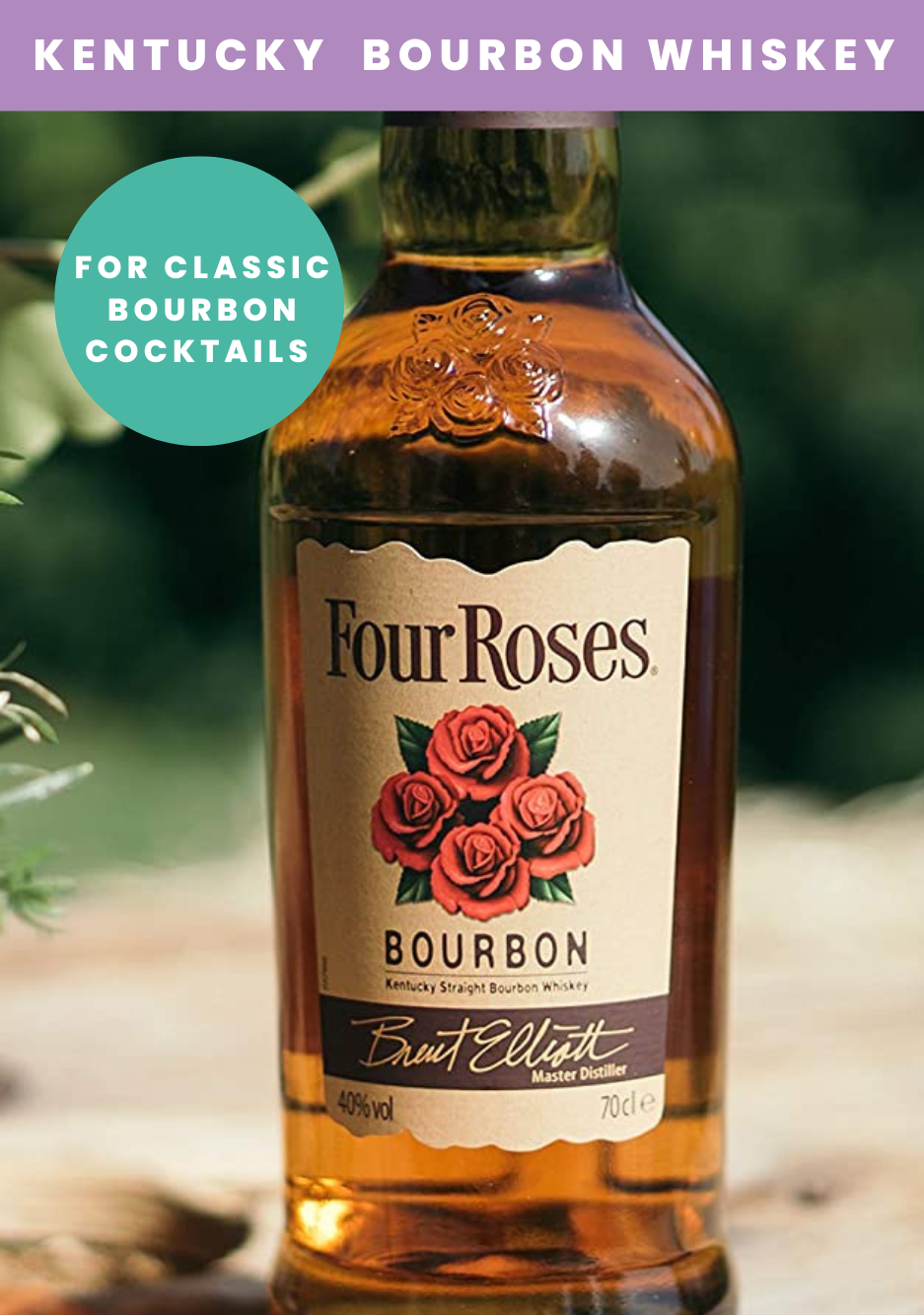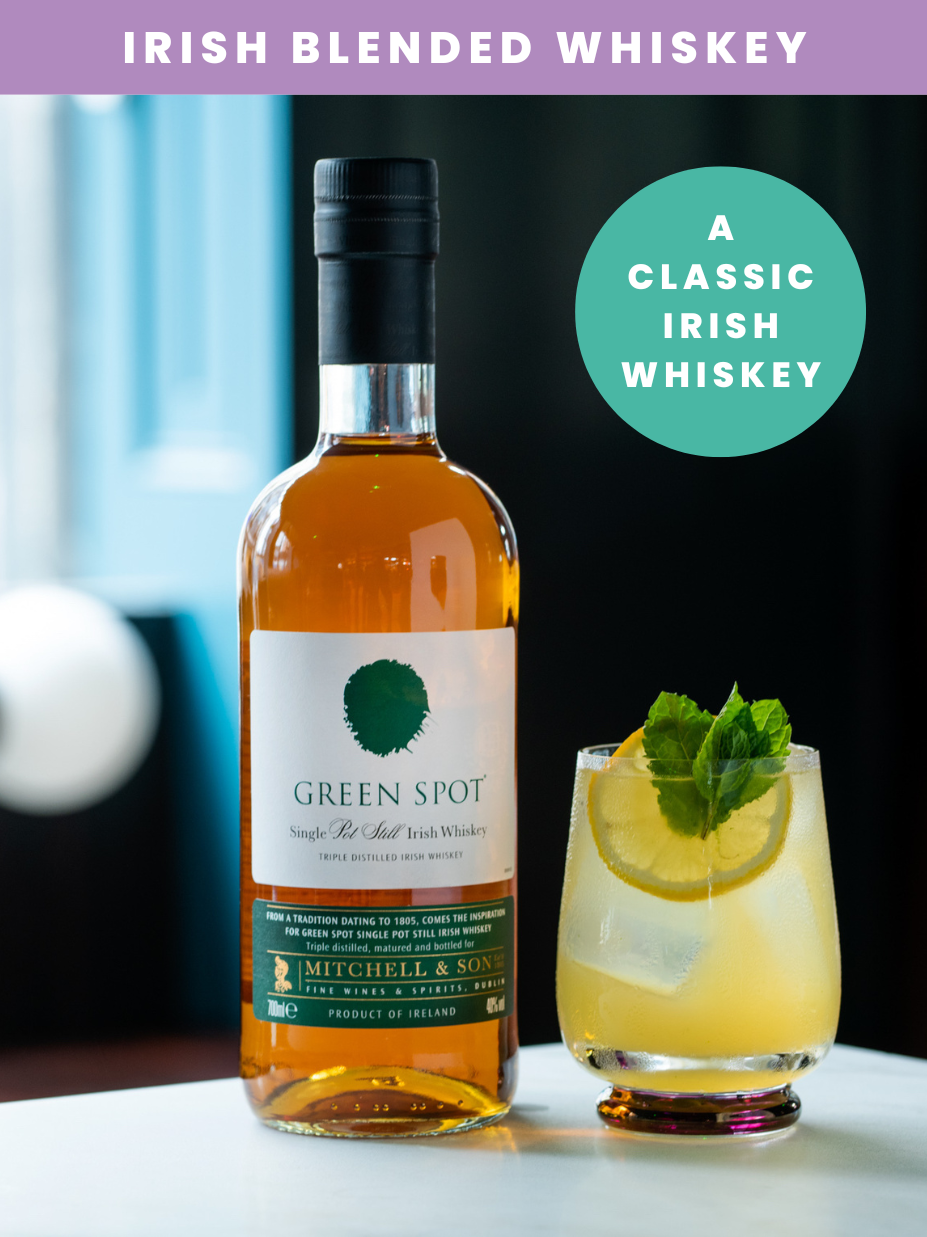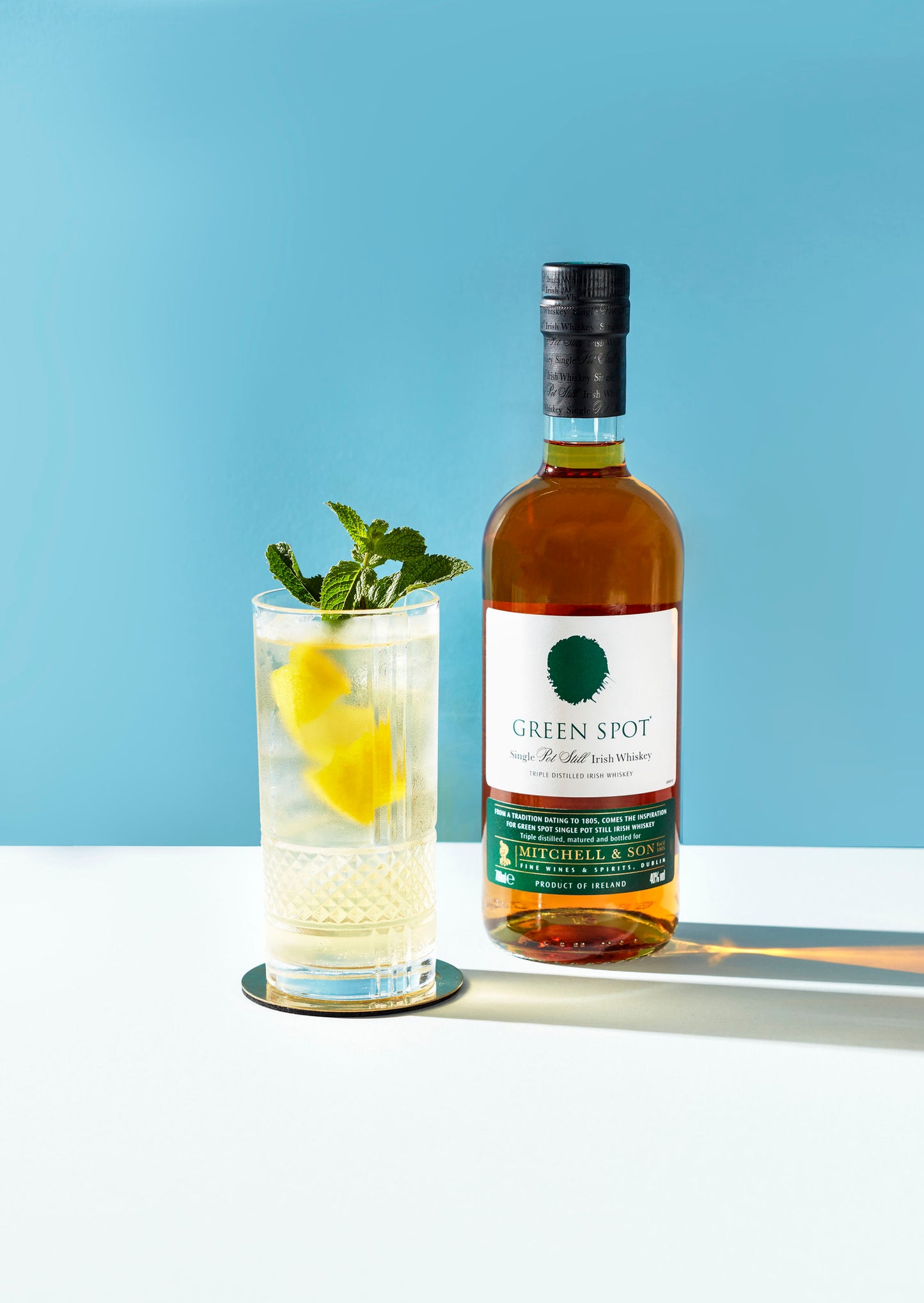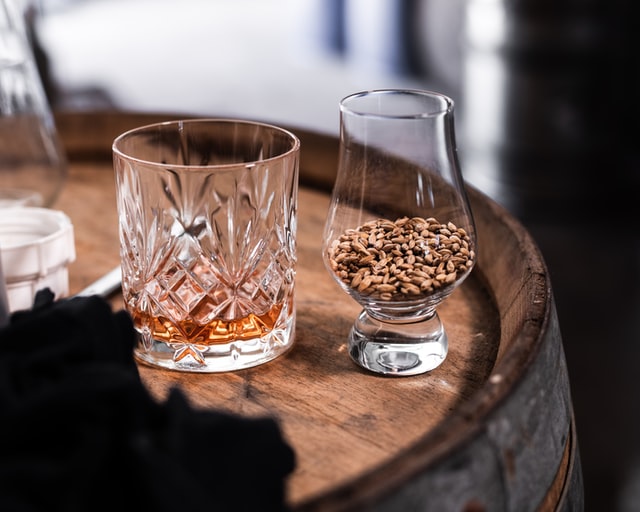

What Is Whisky?
Take some grains (barley, corn, wheat or rye) and extract the sugars from them, add water and yeast to create ‘beer’, extract more alcohol from this beer through the distillation process, and then stick the result in a cask. The result – whisky! It’s how a distillery goes about doing this that determines what a whisky will look, smell, and taste like.
There are two groups of grains and two ways they are used within whisky production for you to know about:
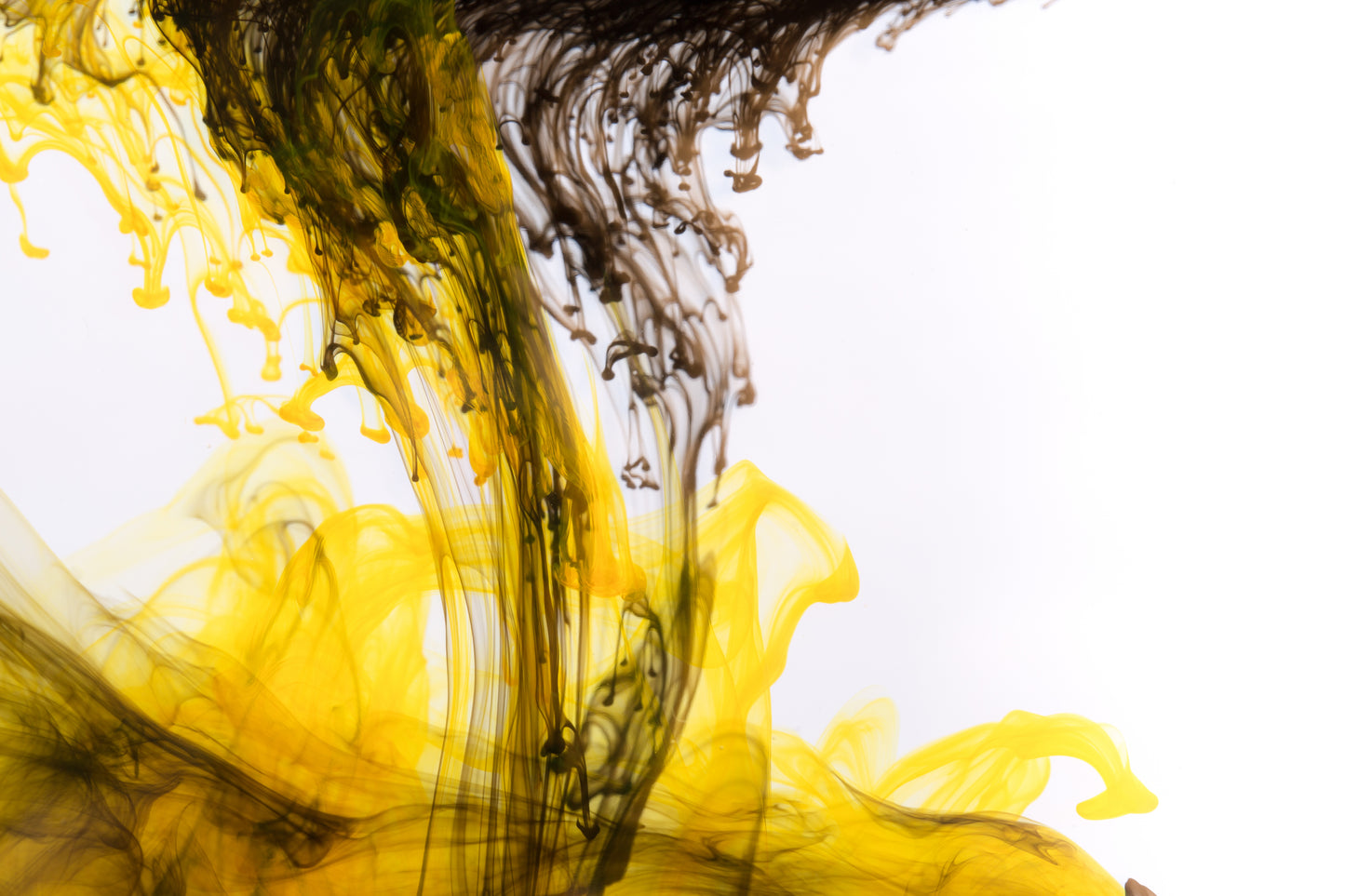
Blended vs. Single Malt Whisky
When you mix malt whisky and grain whisky together, you end up with ‘blended whisky’ which tends to have a smoother, accessible profile.
If you see the word ‘single’, this means the whisky was produced at one single distillery. Even when many of its casks are blended together for a release, the word ‘single’ still applies.
How to Pick
In general, it’s more useful to think about a distillery’s individual production methods, however, when you are first getting to grips with whisky, a helpful way to explore is getting to know the production styles of whiskies typical of countries around the world, and the roles of ageing and storage.
Firstly, the country of the spirit’s production will most likely inform whether it is a ‘whisky’ or a ‘whiskey’. ‘Whiskey’ tends to refer to Irish and American whiskey, whilst ‘whisky’ covers everything else! Note there are many exceptions, but in general it is a pretty solid rule and there are some country-specific whisky stereotypes out there which are somewhat rooted in truth.
I can’t emphasise enough that there are many exceptions to these vast generalisations though. Discovering them is part of the fun!

Scotch
Scotch is both the most flexible and the most rigid of whisky ‘genres’.
- ‘Flexible’ because you will find an incredible variety of flavour profiles not available anywhere else in the world that can’t really be characterised into a neat box.
- ‘Rigid’ because all Scotch is made according to the most strict whisky laws in the world – The Scotch Whisky Regulations Act. Mainly, this means maturing the whisky (which has been produced and matured in Scotland) for a minimum of 3 years in oak casks.
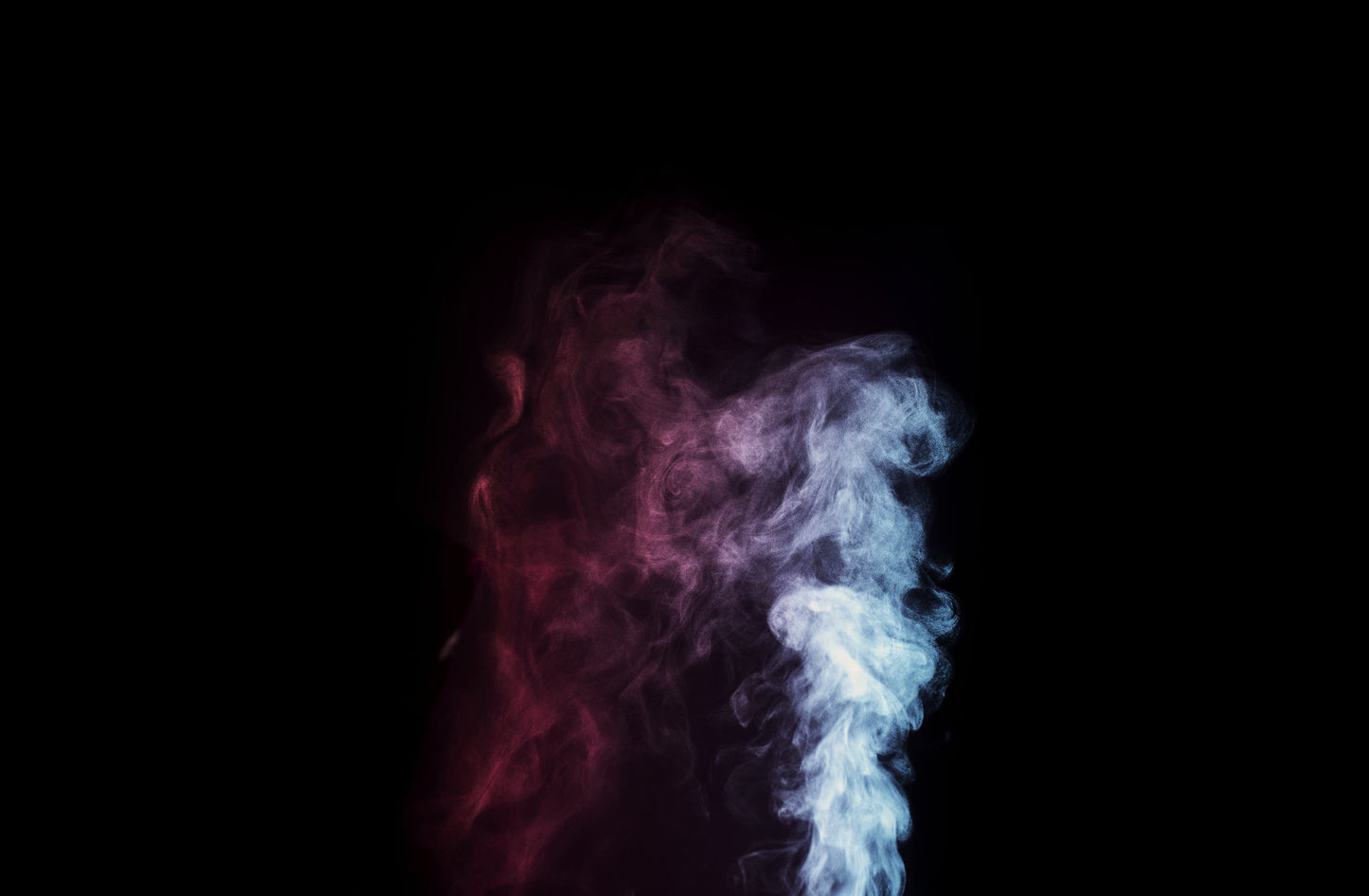
Peated Whisky
Some whiskies, usually certain malts or blends from Scotland (Islay in particular), will have smoked the barley used in the whisky with peat. Peat is an accumulation of mosses and plant matter that has partially decomposed without oxygen. Peated whiskies tend to provide a combination of smoky, meaty, and medicinal aromas and flavours.

Irish Whiskey
Irish whiskies tend to be blends of column still and pot still whiskies and consisting of a combination of unmalted and malted barley. Irish whiskey tends to be lighter in style than Scotch and the results are usually rich, creamy, and luxuriously velvety.
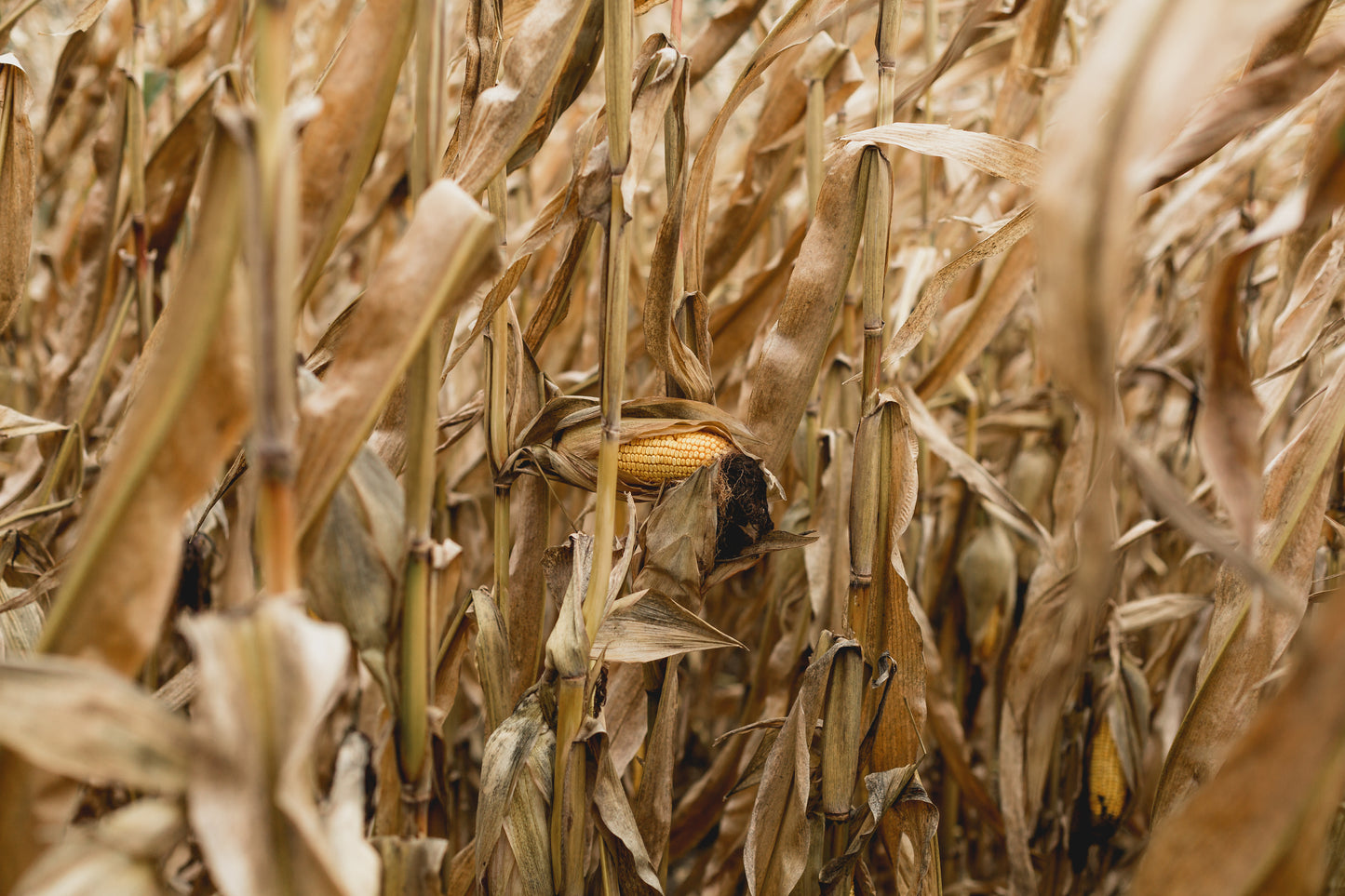
Bourbon Whiskey
The main features of bourbon whiskey is that it must be made in the US, matured in new charred oak barrels, and that the mix of grains used (known as the ‘mash bill’) must contain a minimum of 51% corn, the rest can be any other mix of grains (including more corn if desired). In general, bourbon tends to be very sweet and very woody compared to other types of whisky.
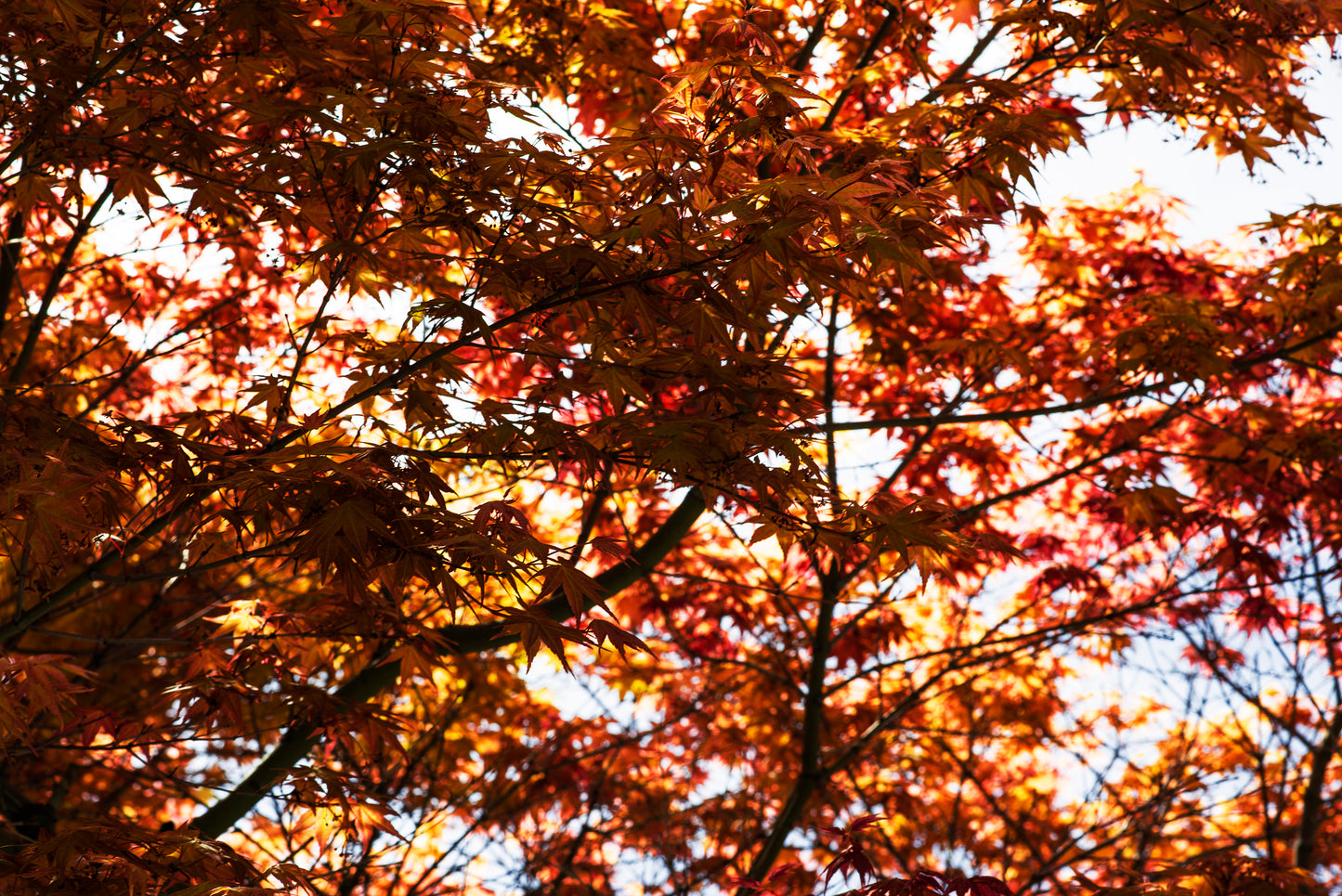
Tennessee Whiskey
This can only be made in, you guessed it, the state of Tennessee. As with Bourbon it needs to be made with 51% corn and matured in new charred-oak barrels. However it’s also a requirement that the spirit is created using the Lincoln County process - where it’s filtered through maple-wood charcoal before going into the barrel. This softens its taste, with the charcoal removing some of the harshness out of the whiskey.

American and Canadian Rye Whiskey
Typically, Canada and the US are known for their rye whiskies but lately some new ryes from Europe are impressing many fans as well. Rye whiskies are made primarily with, as the name implies, rye (in the US the rules are similar to bourbon, minimum 51% rye and matured in the new charred oak barrels). In general, ryes are very spicy (think aromatic spices rather than chilli), with plenty of syrupy and caramel notes.
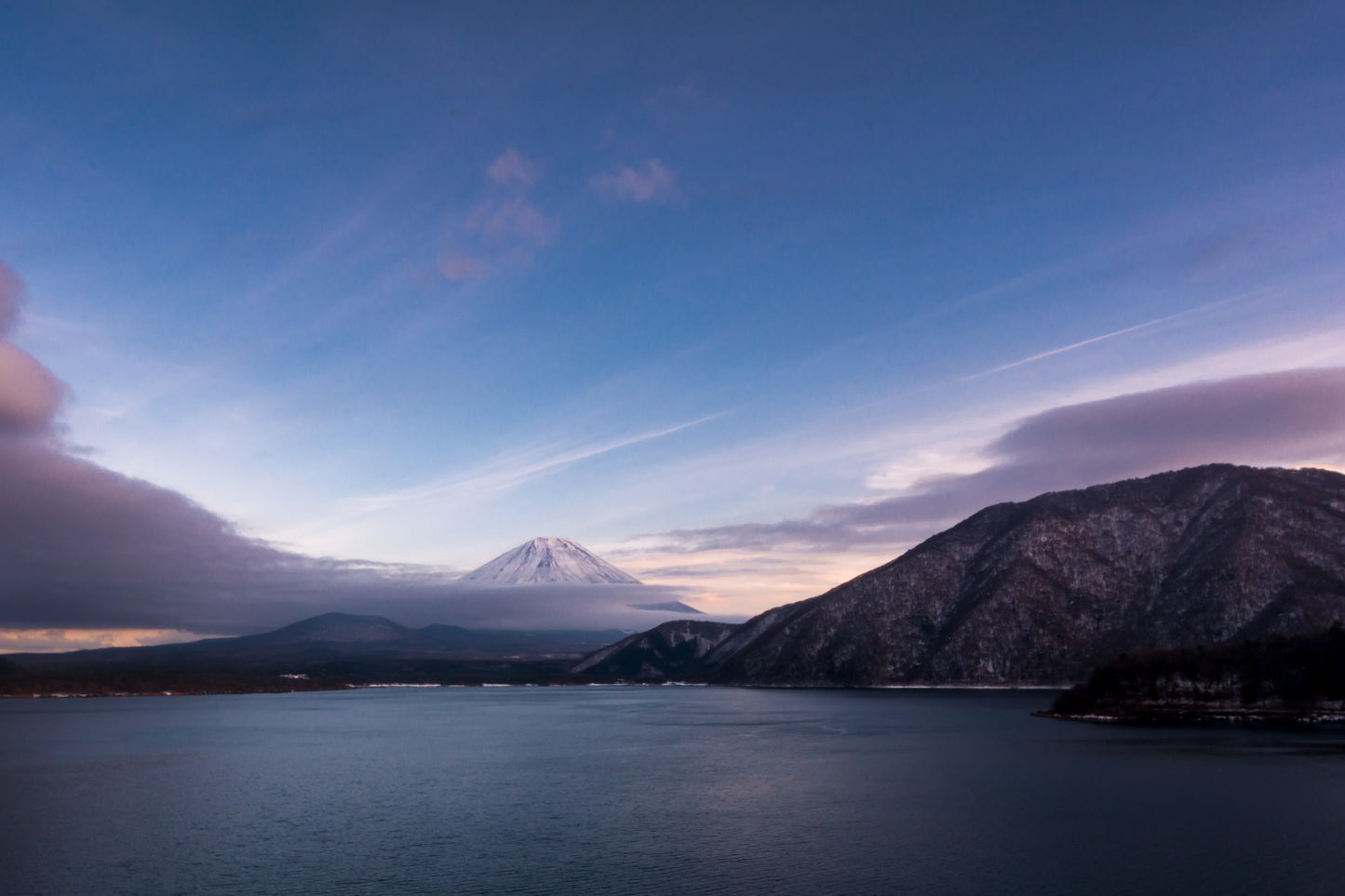
Japanese Whiskey
Japanese whisky first began producing whisky in the Scottish style, but since then has moved into new territory. Unlike most Scotch operations, many distilleries (especially the larger ones) are capable of producing multiple ‘house styles’ to be able to offer different whisky products or provide useful blending components. Like Scotch, Japanese whisky features a very wide range of aromas and flavours, but does tend to be a little softer and more aromatic.
The Role of Ageing and Storage on Taste
The age of a whisky refers to the amount of time the spirit has spent inside a cask. Older does not mean better! If a whisky doesn’t have an age statement, this means it tends to be younger. Older whiskies tend to be a little richer and woodier in profile, but this is far from a solid rule.
Note the use of the word ‘cask’ rather than ‘barrel’ above – a barrel is a type of cask holding 200 litres. Casks come in many sizes (the most common are barrels at 200L, hogsheads at 250L and butts at 500L), and can provide anywhere from 30-80% of the final aromas and flavours of a whisky. Almost all whisky casks are made of oak, but on very rare occasions you may find whiskies matured in cedar, chestnut, or something else! Here’s what the most common cask types you’ll encounter can provide.

How Do You Drink It?
When drinking neat, it’s usually worth adding a few drops of water to help the whisky open up as it can work wonders. Don’t be afraid to use any of the whiskies in this guide to experiment with cocktails though! For example, an Old Fashioned is very different if you’re using a Canadian rye whiskey compared to a single grain scotch whisky.
